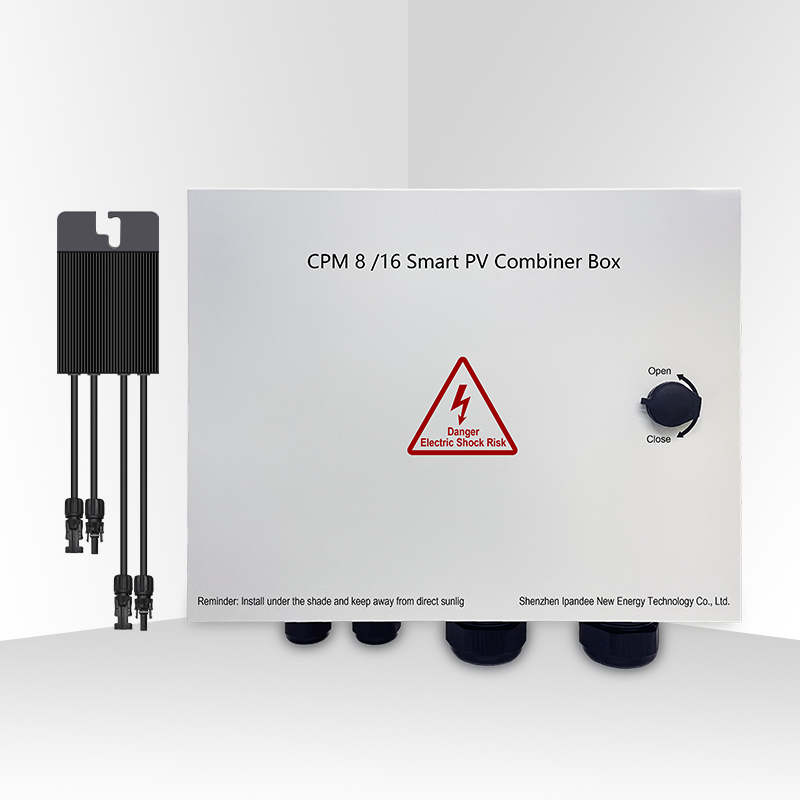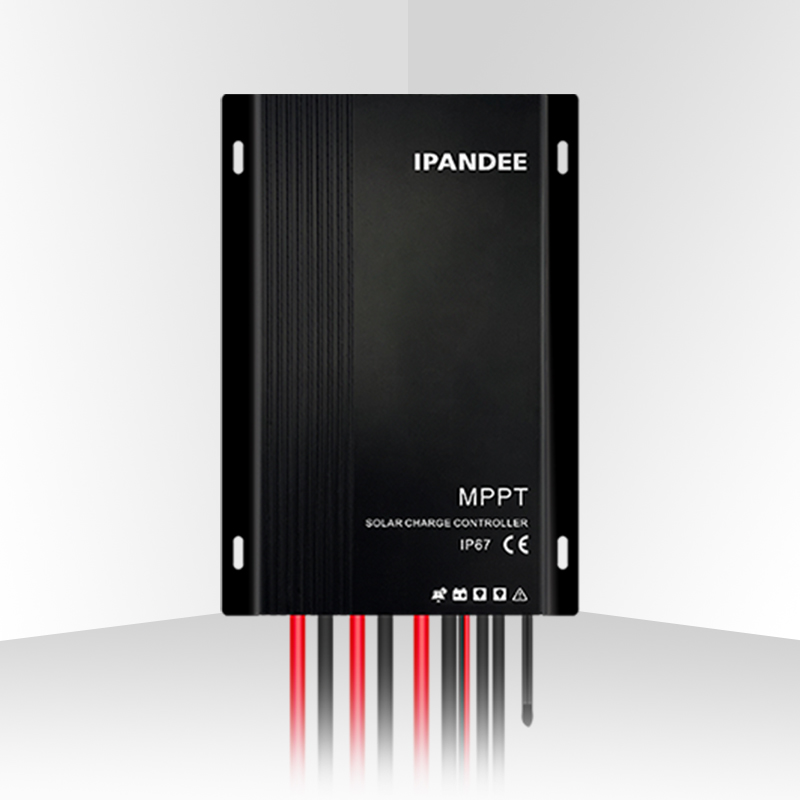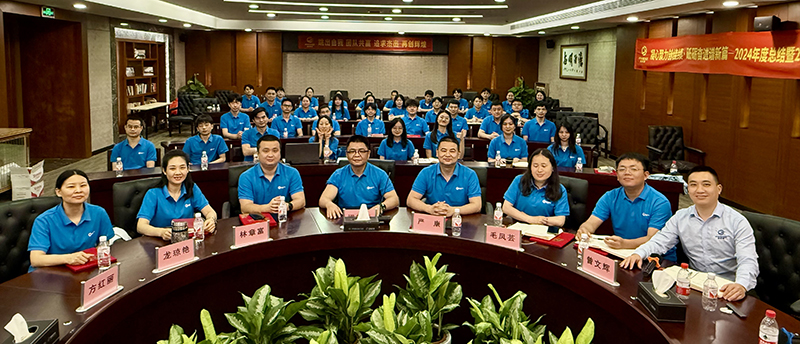The sun, an infinite source of clean and renewable energy, has become an increasingly popular ally in the quest for sustainable living. As residential solar power systems gain traction, a crucial player in optimizing their efficiency is Maximum Power Point Tracking (MPPT) technology. In this blog post, we'll explore how MPPT is influencing the journey of solar energy from the sun to the sockets of our homes, transforming the way we power our residences.
Understanding the Basics: What is MPPT?
Unleashing Solar Potential
MPPT is a sophisticated technology designed to extract the maximum available power from solar panels by constantly adjusting the operating point of the photovoltaic system. In simpler terms, it ensures that the solar panels operate at their most efficient point to harvest as much sunlight as possible, regardless of external factors like shading or temperature changes.
Enhancing Efficiency in Residential Solar Systems
Optimizing Energy Harvesting
One of the key contributions of MPPT in residential settings is its ability to optimize energy harvesting. By dynamically adjusting the electrical operating point of solar panels, solar power MPPT ensures that homeowners can make the most of available sunlight, even on cloudy days or during partial shading. This means more energy harvested and a higher return on the solar investment.
Faster ROI for Homeowners
The financial implications of solar power MPPT are significant for homeowners. With improved energy production, the return on investment (ROI) for residential solar systems is accelerated. This not only makes solar energy more accessible but also positions it as a financially viable and attractive option for households looking to reduce their carbon footprint and energy bills.
Seamless Integration with Residential Infrastructure
Grid Connectivity and Storage
Solar power MPPT technology seamlessly integrates with the residential power grid. Excess energy generated during peak sunlight hours can be fed back into the grid, allowing homeowners to earn credits or even receive compensation. Additionally, MPPT facilitates the efficient charging of residential energy storage systems, ensuring a continuous and reliable power supply, even after the sun sets.
Smart Homes, Smarter Energy
The influence of solar power MPPT extends to the realm of smart homes. Integrating solar power MPPT controllers with home automation systems allows residents to monitor and control their solar power systems effortlessly. This not only enhances user experience but also empowers homeowners to make informed decisions about their energy consumption.
Environmental Impact and Sustainability
Reducing Carbon Footprint
As residential areas embrace solar power MPPT technology, the collective impact on the environment is substantial. By relying more on clean energy sources, households contribute to the reduction of carbon emissions, mitigating the environmental impact of traditional power generation methods.
Sustainable Living Made Accessible
The influence of MPPT in residential solar settings aligns with the broader goal of making sustainable living accessible to a larger audience. As technology advances and becomes more affordable, homeowners can actively participate in the shift towards greener and more eco-friendly energy alternatives.
From capturing sunlight to powering our homes, the influence of solar power MPPT in residential settings is undeniably transformative. As technology continues to evolve, so does our ability to harness the sun's energy efficiently and sustainably. The journey from sun to socket is brighter than ever, illuminating a future where residential areas are powered by clean, renewable, and optimally harvested solar energy. With MPPT at the helm, the sun becomes not just a celestial body but a direct and efficient source of power for every home.
 English
English  한국어
한국어  français
français  Deutsch
Deutsch  Español
Español  italiano
italiano  русский
русский  português
português  العربية
العربية  tiếng việt
tiếng việt  ไทย
ไทย  Polska
Polska  中文
中文







